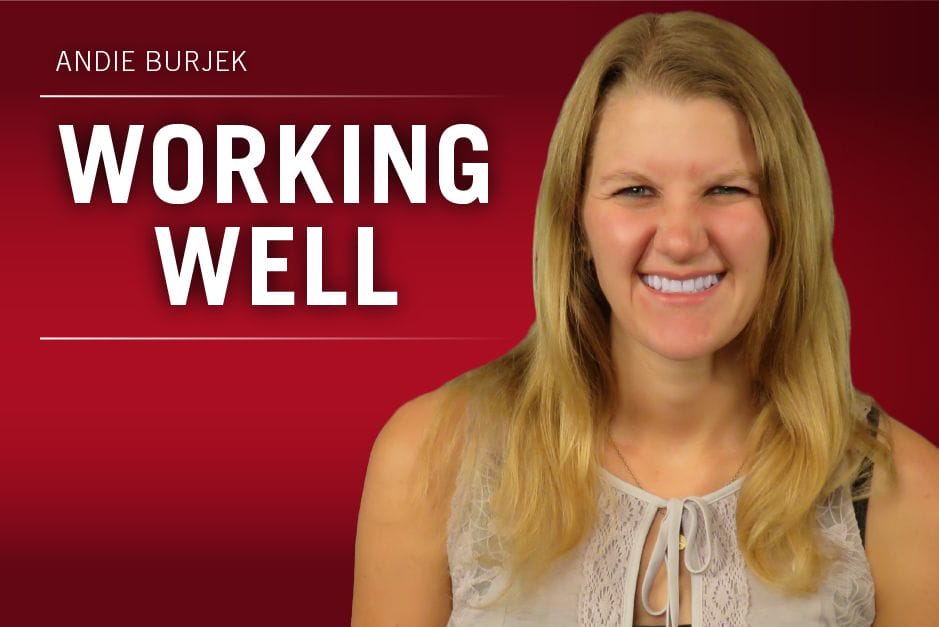Recently I discussed our national mental health crisis, and the important role employers play in removing barriers to employees receiving the help they need.
Then, I came across this post on LinkedIn, discussing a massive barrier that the FMLA institutionally imposes.
An individual suffering with a mental health issue has various treatment and therapy options available to them. For medication, one can see a psychiatrist, a primary care physician or a nurse practitioner. For assessment and therapy, one can see a psychologist, a clinical social worker or a licensed professional counselor.
Amazingly, however, the FMLA does not recognize one of these licensed mental health professionals as a “health care provider.”
I won’t leave you in suspense. The answer is licensed professional counselors (unless an employer’s group health plan covers licensed professional counselors). The FMLA’s regulations specifically itemize all of the other categories of mental health professionals as “health care providers,” and specifically omits licensed professional counselors from its list. This omission is important, because an employee’s mental condition cannot qualify for FMLA leave as a “serious health condition” if, for outpatient treatment, the employee is not under “continuing treatment by a health care provider.”
As a matter of policy, however, the FMLA absolutely should cover licensed professional counselors as health care providers. According to a recent study by the National Council for Behavioral Health, the leading cause of our country’s mental health crisis is a lack of access to mental health services. We should not be erecting any barriers to mental health services, let alone one ingrained in the federal law that protects employees’ jobs when they take time off for health reasons, including their mental health. By refusing to recognize licensed professional counselors as FMLA-covered health care providers, the FMLA is deterring employees from seeking critical mental health treatment, or at least forcing them to choose between treatment and their jobs if a licensed professional counselor is the only available help. Many who can’t afford to live without their jobs will choose their paycheck over their health, exacerbating their mental health issues.
Gene Scalia has been nominated to replace Alex Acosta as Secretary of Labor. I implore him to close this dangerous loophole by amending the FMLA’s regulations to make it clear and explicit that licensed professional counselors qualify as health care providers in all cases, and not just those in which an employer has made the choice that its group health plan covers their services.







 Cutting-edge companies at the time then began offering health insurance to employees as a recruitment incentive. And, in the early 1950s, the Internal Revenue Service deemed that insurance and similar benefits wouldn’t be counted as taxable income. Viola! The workplace social contract was born.
Cutting-edge companies at the time then began offering health insurance to employees as a recruitment incentive. And, in the early 1950s, the Internal Revenue Service deemed that insurance and similar benefits wouldn’t be counted as taxable income. Viola! The workplace social contract was born.




 “We don’t have to be somebody else, but we have to learn from somebody else,” Berger said.
“We don’t have to be somebody else, but we have to learn from somebody else,” Berger said.
